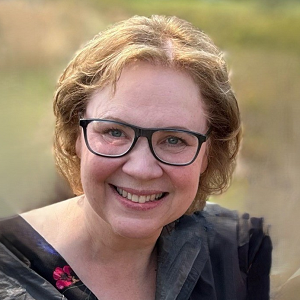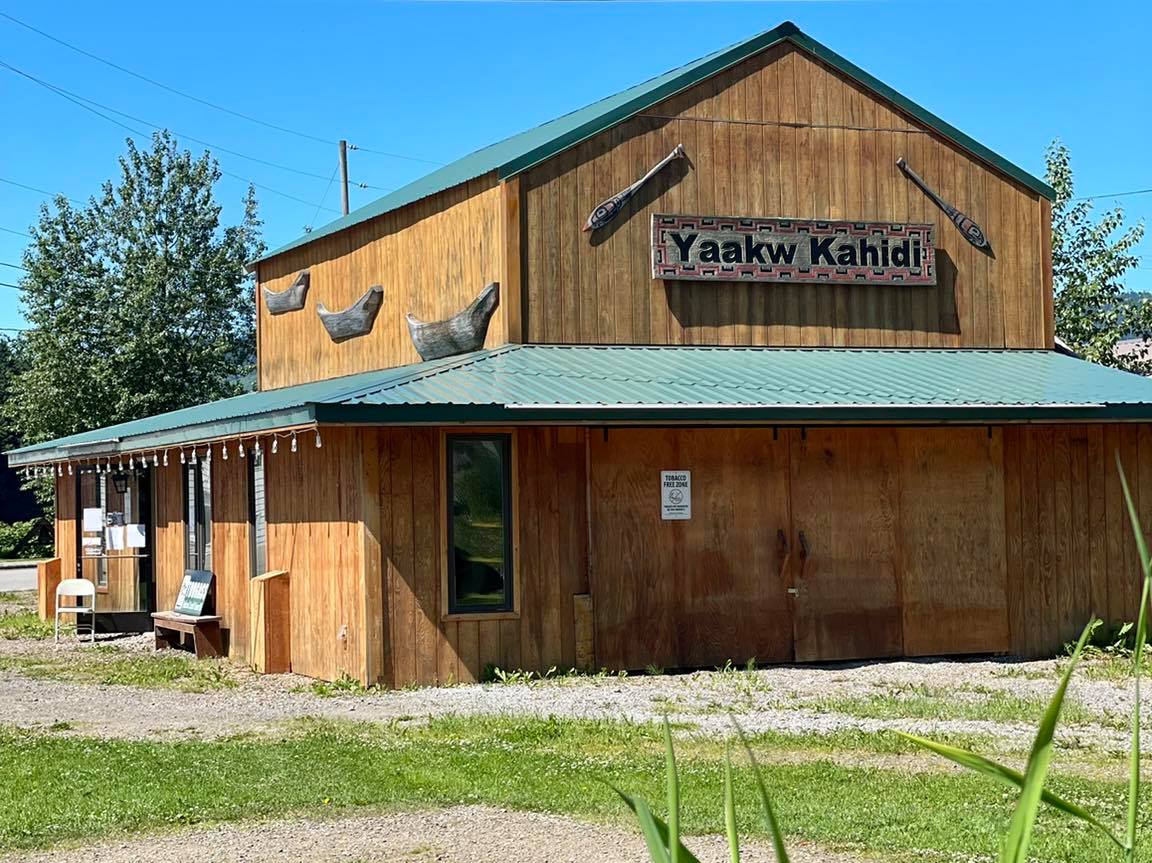
Just off the coast of southeast Alaska sits the Alexander Archipelago, a group of approximately 1,100 islands home to slightly more than 71,000 people. Famous for its natural beauty, rich cultural heritage, and fishing industry, the region is about as remote as remote gets. For some residents, a trip to their nearest financial institution requires a plane trip and hotel stay.
This is where you’ll find Tongass Federal Credit Union ($224.7M, Ketchikan, AK), which serves the state’s coastal communities via a network of microsites. These locations are smaller than a traditional branch, open only part-time, and operate with limited staff, yet the facilities provide the same services as a larger, more traditional branch.
“All of our all of our community microsites have unique stories that go along with them,” says Helen Mickel, CEO of Tongass FCU.
Communities Asked, The Credit Union Answered
Although it was founded in 1963, Tongass FCU did not start branching until 2005. That’s when tribal leaders of the Metlakatla Indian Community inquired about opening a location on Annette Island, located approximately 20 miles south of Ketchikan. The tribe needed access to a financial institution after the only bank on the reservation closed its doors.
Thorne Bay, a community located on Prince of Wales Island, approached Tongass FCU the following year. Thorne Bay has a small population — approximately 500 — and is only accessible by a 30-minute ride on a float plane or a four-hour ferry ride from Ketchikan.
To make such a remote location work, Tongass FCU needed volunteers and a place to set up shop. The owner of the local sporting goods store offered to host the credit union microbranch and keep its cash in his gun safe.
“That was the beginning of our community microsite in Thorne Bay,” Mickel says. “We’re now located in the city building in a more permanent space. It’s tiny. We have only two tellers, and it’s still a part-time thing, but it’s lasted.”
Small Branches For Small Communities
Mickel became CEO of Tongass FCU in 2015. In the years since she has determined that a community doesn’t have to ask for a microsite to be in need of one. In September 2019, the credit union opened its third microsite in the small community of Hydaburg, also on located on Prince of Wales Island.
At first, Mickel was skeptical the credit union would be able to fit inside its designated space in Hydaburg High School.
“I thought there wasn’t space for us in this little modular building,” she says.
Fortunately, her team was able to work with the community to open up shop. Staffed by one employee, it remains the credit union’s smallest location.
The credit union opened additional microsites in December 2019 and June 2020 in Kake and Hoonah, respectively.

When the executive director of the Hoonah Indian Association asked how long it would take to open a microsite, Mickel told him 90 days — all she’d need would be the space and the people. The director walked her to the facility’s canoe shed and asked if a space in the corner would be sufficient.
“I said yes,” Mickel says. “I’m not particular.”
Unfortunately, the pandemic delayed the April 2020 opening of the Hoonah microsite and Tongass FCU couldn’t meet that 90-day deadline. The branch did open in June, however.
“That was a time when [expanding access via microsites] was even more important because these people live on islands,” Mickel says. “They live somewhere where you have to fly somewhere else to do something with your money. Having the site open was really helpful to the community.”
Today, the Hoonah microsite is Tongass FCU’s fastest-growing location.
The credit union’s latest microsite, which opened in Yakutat in 2023, was the hardest to launch.
“We were supposed to have it open in September of 2022, but we couldn’t find employees,” Mickel says. “There’s only 600 people that live in Yakutat. They had just opened a new health clinic, and everybody who wanted a job that had any kind of reasonable qualifications was working there already.”
After multiple delays, a community leader stepped in to help identify a few applicants. Today, the site is running smoothly.
Microbranch. Large Impact.
Since investing in these hard-to-reach communities, Tongass FCU has made measurable impacts on the region’s financial health.
“America’s Credit Unions helped us do an analysis on credit scores in the area,” Mickel says. “The median credit score since Tongass has been in Metlakatla, for example, has gone up 74 points.”
Credit builder loans from Tongass have helped open doors to homeownership, reliable transportation, and new local businesses.
“I believe that’s because we hire locally,” Mickel says. “They know the people who are working for us care for their community. I grew up in Ketchikan. This is my home. I know the people who I’m serving and working with. Sometimes conventional financing doesn’t work because of some of the unique things about where we live, so we need to be able to provide unconventional options.”
CU QUICK FACTS
TONGASS FCU
HQ: Ketchikan, AK
ASSETS: $224.7M
MEMBERS: 13,710
BRANCHES: 13
EMPLOYEES: 85
NET WORTH: 14.19%
ROA: 0.18%
For example, Tongass FCU conducts a lot of business lending for commercial fishing fleets. Because Native Americans do not have to file taxes on their fishing income, traditional income-verification isn’t always an option. Instead, the credit union accepts purchase records between buyers and area fishermen from area seafood processors as proof of income.
The introduction of community microsites has also had a measurable impact on Tongass FCU itself.
“It’s helped us to grow,” Mickel says. “We were pretty stagnant before we started doing branching — you know, living on an island with 14,000 people and seven financial institutions.”
Assets at the credit union shot up 73% between the opening of the first microsite in late 2019 and the end of 2022 — shortly before a merger with ALPS Federal Credit Union in the first quarter of 2023. That growth is driven in part by a surge in loan growth, investments, and more. The merger, which took effect in February 2023, allowed access to even more communities in the region.
“It makes it more convenient for our members to have more places to do their banking,” Mickel says. “They’re able to use the credit union more.”